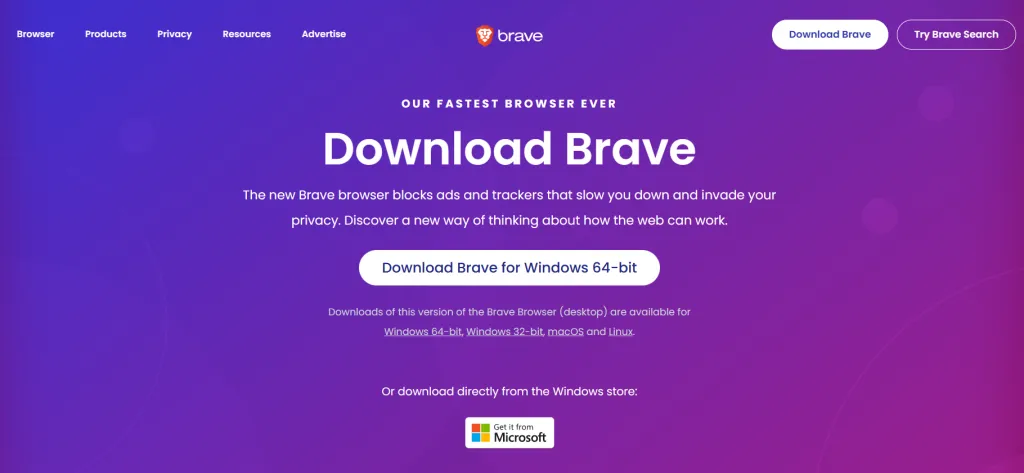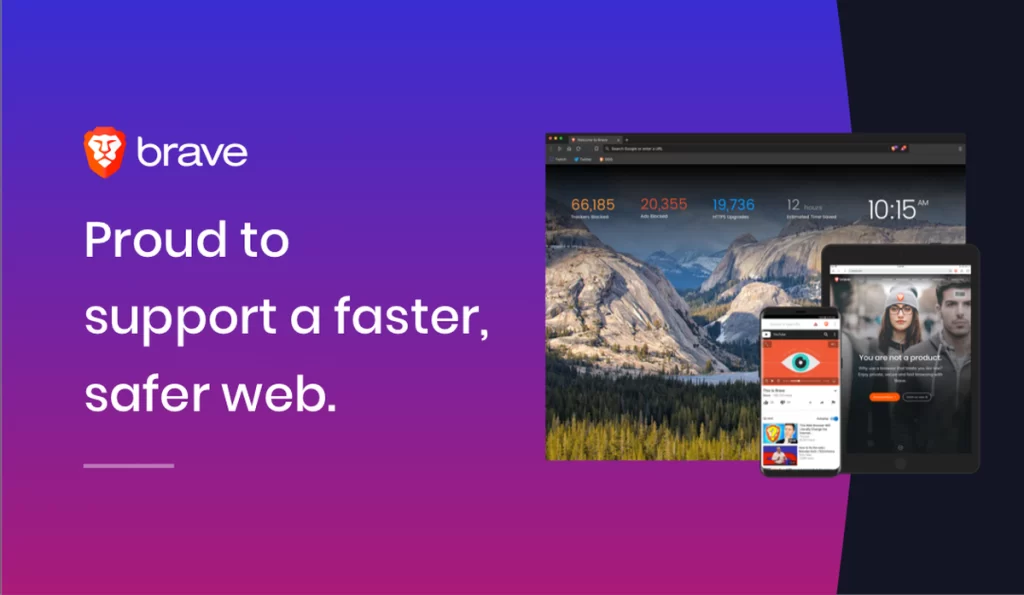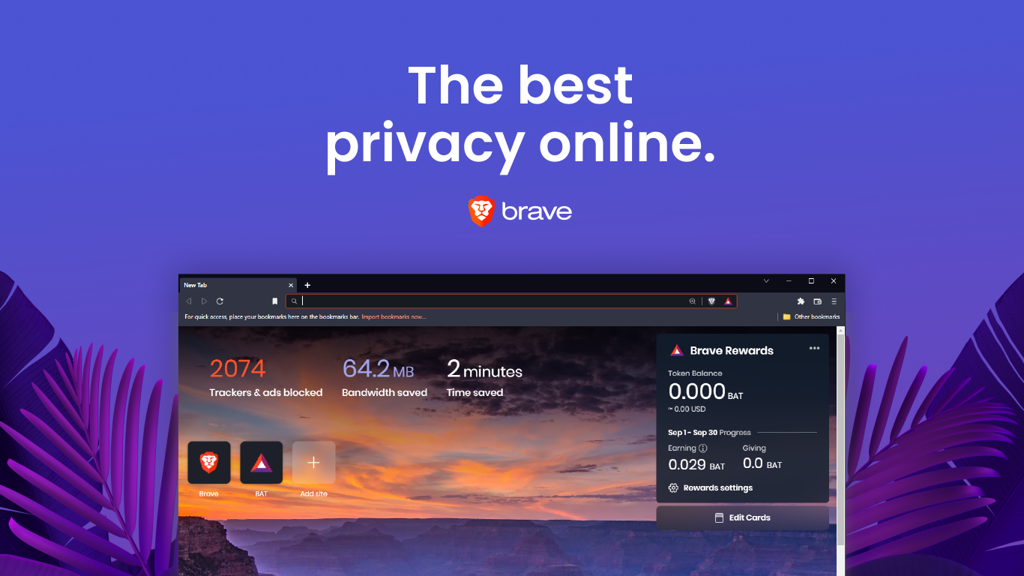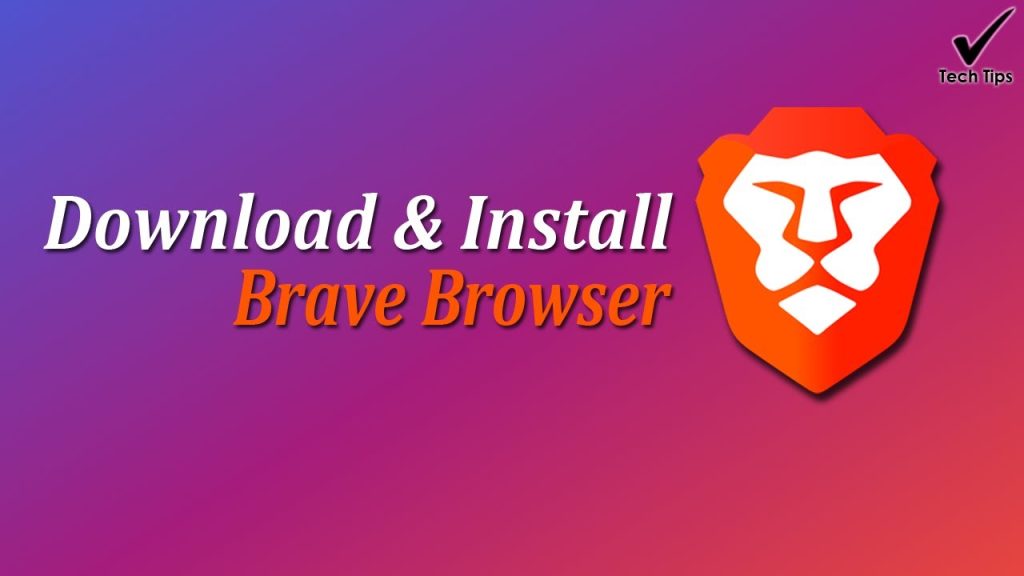Introduction
The digital landscape has become saturated with advertisements, bombarding users with an incessant stream of promotional content. However, amidst this cluttered online environment, a concept has emerged that offers respite to weary internet users: the ad-free web.
In its simplest form, the ad-free web refers to an online browsing experience devoid of intrusive and distracting advertisements. It is a sanctuary where individuals can engage with digital content without being constantly interrupted by pop-ups, banners, and autoplay videos vying for their attention.
Definition of Ad-Free Web
The ad-free web encompasses a wide range of practices and technologies aimed at minimizing or eliminating the presence of advertising on websites and platforms. It involves blocking traditional display ads, video pre-rolls, sponsored content, native ads, and any other form of promotional material that disrupts the user experience. Ad-blocking software is commonly used to achieve this objective by filtering out or removing advertising elements from web pages before they are presented to the user.
Importance of an Ad-Free Browsing Experience
The importance of an ad-free browsing experience cannot be overstated in today’s digital world. Advertising has long been regarded as a necessary evil to finance free online content and services.
However, as the methods employed by advertisers have become increasingly intrusive and sophisticated through targeted tracking and data collection practices, users have reached a tipping point where they seek respite from these incessant interruptions. An ad-free browsing experience grants individuals greater control over how they engage with digital content while fostering improved user satisfaction.
Users can focus on what truly matters: meaningful articles, engaging videos, valuable information without distractions that hinder their ability to absorb knowledge or enjoy entertainment offerings. Furthermore, an ad-free environment promotes stronger privacy protections by minimizing exposure to tracking technologies that invade one’s personal space online.
By embracing the ad-free web, users can regain their autonomy and reclaim the online space as a haven for information, entertainment, and personal exploration. In the following sections, we will explore the evolution of online advertising, delve into the benefits of an ad-free web experience, highlight the challenges in achieving such an environment, and present alternative solutions that empower both users and content creators alike.
The Evolution of Online Advertising
Early forms of online advertising (banners, pop-ups)
In the early days of the internet, online advertising primarily took the form of banners and pop-up ads. These were static images or animated graphics that would appear on websites, often disrupting the user’s browsing experience.
Banners occupied a designated space on a webpage, typically at the top or sides, while pop-ups would suddenly appear in new windows or tabs. While these ad formats provided initial revenue streams for website owners, they quickly became intrusive and hindered user engagement.
Introduction of targeted advertising and data collection
With advancements in technology and the growth of big data, advertisers began to introduce targeted advertising to tailor their messages based on users’ demographics, interests, and browsing behavior. This shift allowed advertisers to reach specific audiences with more personalized content.
However, it also raised concerns about privacy as consumer data was gathered and utilized without explicit consent. Advertisers started using tracking technologies such as cookies to monitor user activity across websites.
Rise of ad blockers and user demand for ad-free web
As online advertising became increasingly pervasive and invasive, users sought ways to regain control over their browsing experience. This gave rise to ad-blocking software that allowed individuals to block ads from appearing on websites altogether. Ad blockers gained popularity due to their ability to improve page loading times by eliminating resource-heavy advertisements.
Moreover, users expressed frustration with intrusive ads consuming screen real estate and disrupting their focus on content consumption. This growing frustration led to a significant demand for an ad-free web experience where content could be consumed without interruptions or distractions.
The evolution of online advertising has seen a transition from early forms such as banners and pop-ups to more sophisticated techniques like targeted advertising based on data collection. However, this progression also brought about challenges related to privacy invasion and user annoyance.
The rising demand for an ad-free web paved the way for the development and adoption of ad-blocking software. In the subsequent sections, we will explore the benefits of an ad-free web and discuss potential solutions that have emerged to address this growing need.
Benefits of an Ad-Free Web
Enhanced User Experience
In today’s digital age, where the internet plays a central role in our lives, having an ad-free browsing experience offers numerous benefits. Firstly, one of the most noticeable advantages is faster page loading times.
Without the burden of loading multiple ads and scripts, webpages load more swiftly, providing users with immediate access to the desired content. This not only saves time but also enhances user satisfaction by eliminating frustrating waiting periods.
Moreover, an ad-free web significantly improves readability and allows users to focus on the content they are seeking. Without intrusive banners or pop-ups interrupting their reading flow, individuals can immerse themselves in articles or blog posts without distractions.
This heightened level of readability not only encourages users to spend more time engaging with online materials but also ensures a more enjoyable and seamless reading experience overall. Furthermore, an ad-free web reduces both distractions and annoyance factors that are often associated with traditional advertising methods.
Content consumers no longer have their attention diverted by flashy ads or autoplay videos that automatically play at high volume. By removing these interruptions from the browsing experience, users can maintain a deep level of concentration on their intended tasks or interests.
Privacy and Security
Beyond enhancing user experience, opting for an ad-free web brings about significant privacy and security advantages as well. When ads are present on websites, advertisers typically employ trackers to gather data about users’ online behavior in order to serve personalized advertisements.
However, by utilizing ad blockers or visiting ad-free platforms, individuals minimize tracking and data collection by advertisers. This reduction in tracking ensures greater privacy since personal information is less likely to be collected and shared with unknown third parties for targeted advertising purposes.

Users regain control over their own data and feel reassured that their online activities remain confidential. Additionally, an ad-free web decreases the risk of encountering malware or malicious ads.
Online advertisements can sometimes be a vehicle for cyberattacks, as they may contain harmful code or redirect users to fraudulent websites. By eliminating ads from the browsing experience, individuals substantially lower their exposure to these potential threats, effectively enhancing their online security.
An ad-free web offers substantial benefits to users. The enhanced user experience stemming from faster page loading times, improved readability, and reduced distractions fuel a more enjoyable and focused browsing experience.
Simultaneously, the privacy and security advantages of minimized tracking and decreased risk of encountering malware provide peace of mind for individuals concerned about their online safety. Embracing ad-free alternatives empowers users to take control of their digital journeys while enjoying a safer and more pleasant online environment.
Challenges in Achieving an Ad-Free Web
Economic implications for content creators and publishers
The transition towards an ad-free web poses significant economic challenges for content creators and publishers who heavily rely on advertising revenue to sustain their operations. With the prevalence of free content on the internet, advertising has become a primary source of income for many websites and platforms.
Eliminating ads altogether could disrupt this revenue stream, potentially jeopardizing the availability of high-quality, free content that users have come to expect. Content creators and publishers must carefully navigate this challenge by exploring alternative monetization models that can compensate for the loss of ad revenue.
Dependency on advertising revenue for free content availability
The availability of free online content is largely dependent on advertising revenue. Many websites offer their services without charge, with advertisers shouldering the costs instead. This symbiotic relationship between advertisers and content providers allows users to consume various forms of media at no direct cost.
However, if the ad-supported model were to diminish significantly or disappear entirely, it could lead to a decline in freely accessible online resources. Users may face subscription barriers or limited access to quality information as platforms seek alternative means of financial support.
Search for alternative monetization models (subscriptions, donations)
To mitigate the economic risks associated with an ad-free web, content creators and publishers are actively exploring various alternative monetization models. One such approach involves adopting subscription-based services where users pay a monthly or annual fee in exchange for an ad-free experience and premium access to exclusive content. This model not only provides a predictable source of income but also fosters a sense of community between creators and subscribers.
Another emerging strategy is encouraging voluntary donations from appreciative users who value the provided content or service. Platforms like Patreon or Ko-fi enable supporters to contribute directly to their favorite creators through small payments, allowing them to sustain their work without relying primarily on advertising revenue.
Technical limitations and workarounds
While ad-blocking software plays a crucial role in achieving an ad-free web, it also faces certain limitations. The constant evolution of online advertising techniques presents a challenge for ad-blockers to keep up with new methods employed by advertisers to bypass filtering systems, such as anti-ad-block scripts or native advertising. Additionally, advertisers are continually devising circumvention techniques to counteract the effects of ad-blockers.
These techniques often involve disguising ads as non-advertising content or employing deceptive tactics that make it difficult for blockers to identify and block them effectively. Overcoming these technical challenges requires ongoing development and innovation in the field of ad-blocking technology.
Transitioning towards an ad-free web is not without its challenges. Content creators and publishers must navigate the economic implications tied to their dependency on advertising revenue while exploring alternative monetization models like subscriptions and voluntary donations.
Additionally, addressing technical limitations and circumvention techniques is vital for effective implementation of ad-blocking software. By addressing these challenges, we can strive towards creating a more user-centric online experience while ensuring the sustainability of quality content provision in the absence of traditional advertising models.
Ad-Free Alternatives & Solutions
Premium Subscription Models
One of the most prevalent alternatives to an ad-supported browsing experience is the adoption of premium subscription models. Examples such as YouTube Premium and Spotify Premium have gained significant traction in recent years.
These platforms offer users an ad-free experience while granting them access to exclusive content, including original series, high-quality music streaming, and offline playback capabilities. By subscribing to these services, users not only eliminate the intrusion of ads but also gain a more personalized and uninterrupted entertainment experience.
Microtransactions & Donations
Another approach that has gained popularity is supporting content creators directly through microtransactions and donations. This model allows users to make small payments as a token of appreciation for the content they enjoy.
Platforms like Patreon and Ko-fi provide a space where creators can showcase their work and receive monetary support from their audience. By enabling this direct connection between creators and their fans, microtransactions empower users to actively contribute to sustaining ad-free content creation while fostering a sense of community around shared interests.
Blockchain-Based Advertising Platforms
An emerging solution in the quest for an ad-free web lies in blockchain-based advertising platforms. These decentralized networks prioritize user privacy while ensuring fair compensation for both advertisers and content creators. One notable example is the Brave browser’s Basic Attention Token (BAT).
Brave uses blockchain technology to reward users who choose to view opt-in ads with BAT tokens that can be used to support publishers or exchanged for other digital assets. By shifting the power dynamics within online advertising towards transparency, privacy, and user choice, blockchain-based platforms offer a promising path toward creating an ecosystem where ads are no longer mandatory.
Conclusion
In our ever-evolving digital landscape, finding alternatives to traditional online advertising has become imperative. Premium subscription models provide users with access to exclusive content while eliminating intrusive ads, enhancing the overall browsing experience. Microtransactions and donations enable direct support of creators, fostering a sense of community and allowing users to actively contribute to ad-free content creation.
Additionally, blockchain-based advertising platforms leverage technology to prioritize privacy, fair compensation, and user choice. As we explore these alternative solutions, it becomes clear that a future without overwhelming online advertisements is not only possible but also an opportunity for a more personalized, secure, and enjoyable web experience for all.





